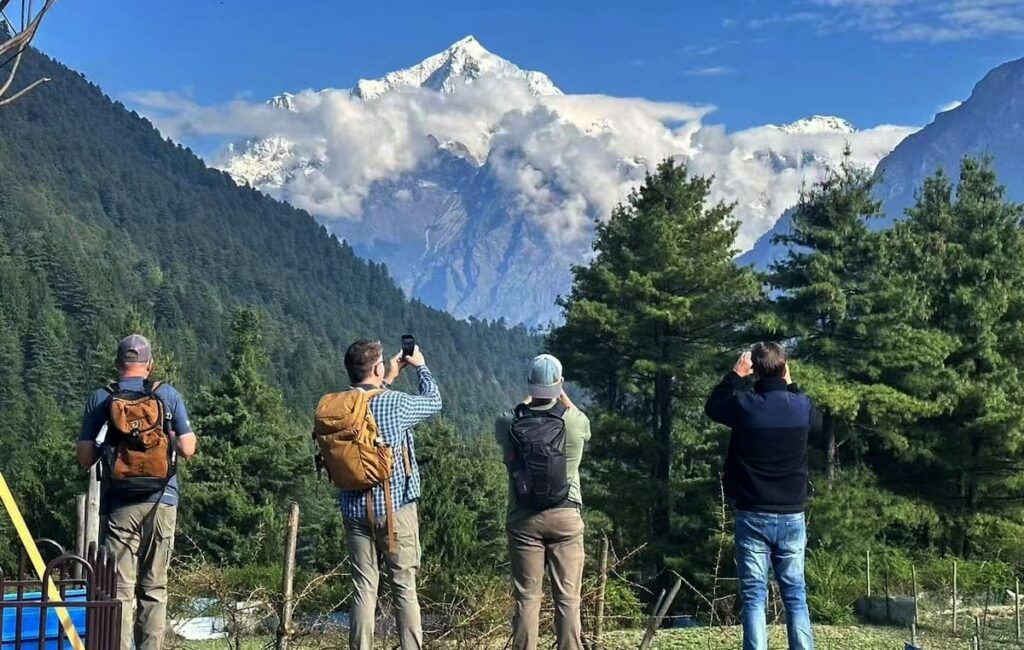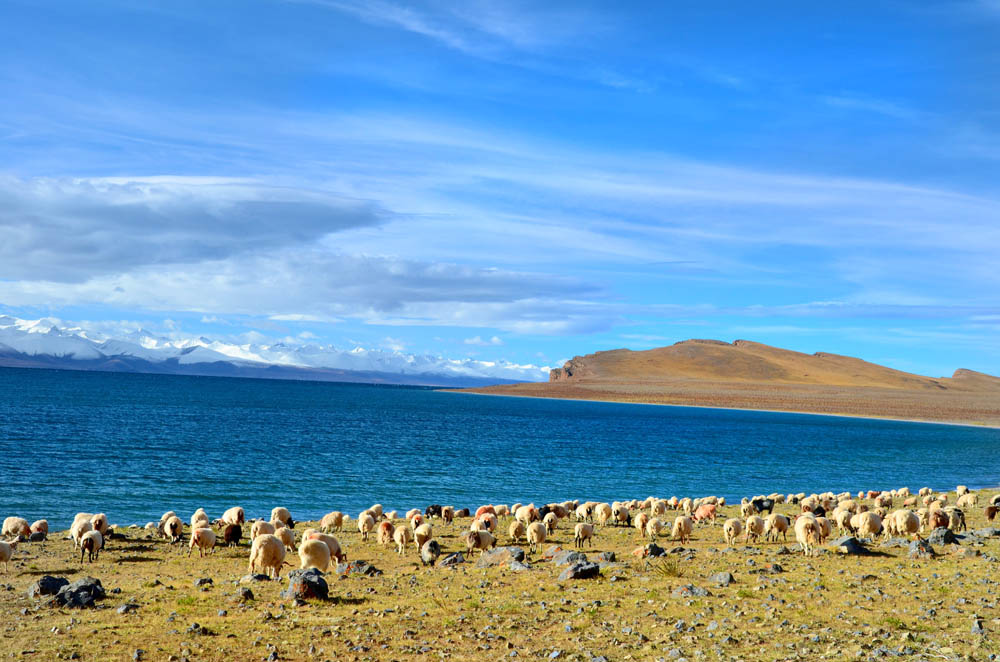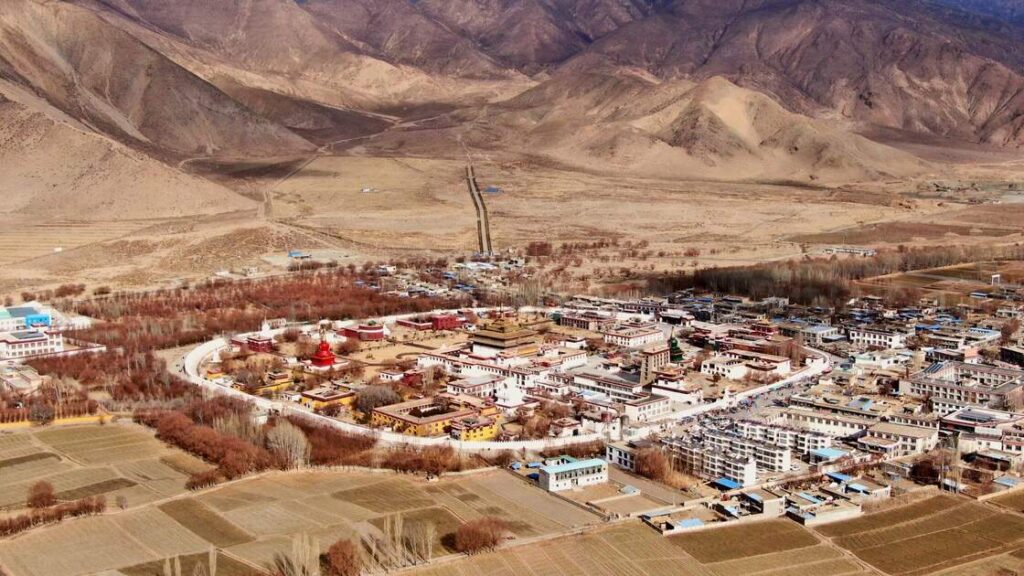Tibet is a destination like no other. With its awe-inspiring landscapes, rich Buddhist heritage, and vibrant culture, a trip to Tibet promises an unforgettable adventure. However, due to its unique regulations and remote location, traveling to Tibet requires careful planning.

Why Travel to Tibet?
Tibet’s allure lies in its dramatic Himalayan vistas, ancient monasteries, and spiritual energy. Highlights include the iconic Potala Palace, sacred Mount Kailash, and the turquoise waters of Yamdrok Lake. Whether trekking to Everest Base Camp or immersing in Tibetan Buddhist rituals, a Tibet trip offers transformative experiences.
Understand Tibet Travel Permits and Regulations
Key Point: Independent travel is prohibited; you must book a Tibet tour through a licensed agency.
Tibet Travel Permit (TTP): Mandatory for all foreign travelers. Your tour operator will arrange this using your passport and China visa copies.
-Other Permits
– Alien’s Travel Permit (ATP): Required for visiting restricted areas like Mount Kailash.
– Military Permit: Needed for sensitive border regions.
– Processing Time: Apply at least 20 days in advance.
Pro Tip: Double-check your agency’s credibility to avoid scams. Reputable companies streamline permit processes.
Choose the Best Time for Your Tibet Trip
Seasons at a Glance
– Spring (April–June): Mild weather; ideal for cultural tours.
– Summer (July–August): Warm but rainy; lush landscapes.
– Autumn (September–October): Clear skies; perfect for trekking.
– Winter (November–March): Fewer tourists, but some areas are inaccessible.

Festivals to Plan Around
– Losar (Tibetan New Year): Vibrant celebrations in February/March.
– Saga Dawa: Sacred month (May/June) marked by pilgrimages.
Step 3: Book a Tibet Tour with a Reputable Agency
Why Use a Tour Operator?
– Permits, guides, and logistics are handled for you.
– Customizable itineraries cater to interests (culture, trekking, photography).
How to Choose a Reliable Company?
1. Check online reviews and certifications.
2. Confirm they’re registered with the Tibet Tourism Bureau.
3. Compare itineraries and prices.
Craft Your Tibet Trip Itinerary
Sample 7-Day Cultural Tour:
– Days 1–3: Explore Lhasa (Potala Palace, Jokhang Temple, Sera Monastery).
– Days 4–5: Day trips to Yamdrok Lake and Drak Yerpa.
– Days 6–7: Visit Shigatse and Tashilhunpo Monastery.
Extended 15-Day Adventure:
– Trek to Everest Base Camp.
– Overland journey from Lhasa to Kathmandu.
– Pilgrimage around Mount Kailash.
Hidden Gems:
– Ganden Monastery: Scenic hikes and fewer crowds.
– Namtso Lake: One of Tibet’s highest saltwater lakes.

Pack Smart for High Altitude and Culture
Essentials
– Clothing: Layered outfits (thermal base, fleece, waterproof jacket).
– Health: Diamox for altitude sickness, sunscreen, reusable water bottle.
– Gear: Sturdy hiking boots, UV-protection sunglasses.
Cultural Respect
– Dress modestly in monasteries (cover shoulders/knees).
– Ask permission before photographing locals.
Prepare for Health and Safety
Altitude Sickness Prevention
– Acclimatize in Lhasa for 2–3 days.
– Stay hydrated and avoid alcohol.
Vaccinations: Consult your doctor for recommendations (e.g., Hepatitis A, Typhoid).
Budgeting Your Tibet Trip
Cost Breakdown
– Tours: $1,000–$3,000+ (depends on the duration and luxury level).
– Permits: Included in tour packages.
– Flights/Trains: Lhasa flights from $300; trains from $100 (Beijing to Lhasa).
Saving Tips
– Travel in shoulder seasons.
– Join group tours to split costs.
Finalize Your Tibet Tour Booking
Process Simplified
1. Select your itinerary.
2. Submit passport/visa details for permits.
3. Confirm payment (30–50% deposit standard).
4. Receive permit copies pre-departure.
Last-Minute Checks
– Travel insurance covering high altitudes.
– Printed copies of permits and passports.
Cultural Etiquette and Responsible Travel
– Respect Sacred Sites: Walk clockwise around stupas; don’t touch religious artifacts.
– Support Local: Buy handicrafts directly from artisans.

FAQ: Quick Answers for Your Tibet Trip
Q: Can I travel independently?
A: No—a guided tour is mandatory.
Q: Is WiFi available?
A: All the hotels and restaurants in cities are available; rare in remote areas.
Q: What’s Tibetan food like?
A: Try tsampa (barley flour) and yak butter tea.
Conclusion
A Tibet trip is a once-in-a-lifetime adventure that demands meticulous planning but rewards it with unparalleled experiences. By partnering with a trusted agency to book your Tibet tour, respecting local customs, and preparing for the altitude, you’ll unlock the magic of this Himalayan wonderland. Start your journey today—the Roof of the World awaits!
Ready to explore Tibet? Contact our recommended agencies to customize your dream itinerary!
